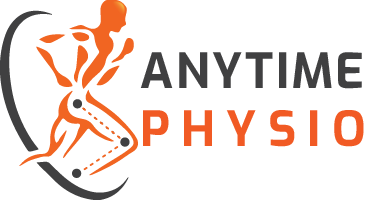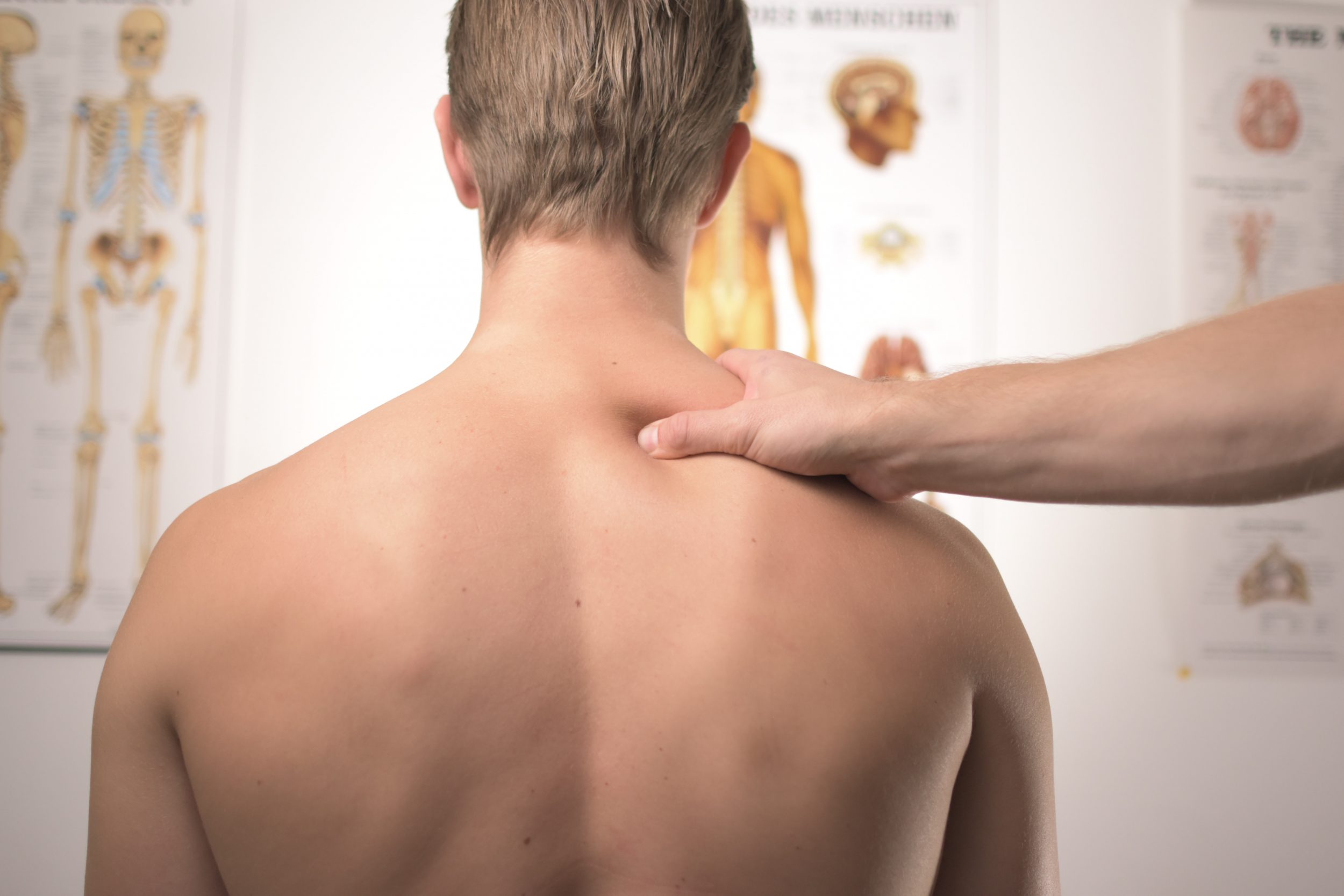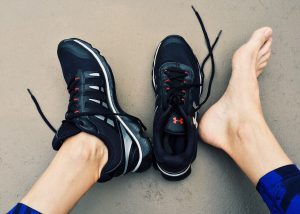Strain or tear?
Muscles are strained or torn when some or all the fibres are unable to cope with the force. These injuries commonly occur in sports. This can affect muscles such as the quadriceps, hamstrings, calves (gastrocnemius or soleus) or the rotator cuffs. Muscles are more prone to tears from training error, sudden acceleration or deceleration. Risk factors involve insufficient warm-up, inadequate rest periods, muscle or joint tightness, muscle weakness or previous injury. The treatment depends on the severity of the injury.
Grades of muscle strain or tear
Treatment of muscle strain/tear
Acute management of muscle strains or tears is similar to ligament strains treatment. This involves RICE
Rest – Taking care not to make the injury worse avoiding activities that put stress on the muscle. This may include standing for long periods or running.
Ice – Apply an ice or cold pack straight after the injury occurs to prevent and minimize swelling. Apply the ice for 10 to 20 minutes, 3 times a day for up to 48 – 72 hours. Avoid apply ice directly onto the skin.
Compression – Apply a compression bandage to the injury. This will help to reduce swelling.
Elevation – Elevate the injury above the level of the heart, whilst applying ice and when you are sitting or lying down.
Nonsteroidal anti-inflammatory drugs such as ibuprofen will also help to relieve pain and swelling. We may recommend a short period of immobilisation, depending on the severity of the injury. An ultrasound or MRI can be helpful in differentiating the grade of the injury
What is muscle contusion?
The cause of muscle contusion is commonly a direct blow or collision in sports, resulting in localised muscle injury and bleeding. Symptoms can involve pain, swelling, bruising or a lump over the skin called haematoma. In severe cases, this may be related with bone fractures and dislocations. Acute management also involves the RICE protocol for 48-72 hours followed by heat. See your doctor or physiotherapist to determine the severity of the injury. You may need an X-ray, ultrasound or an MRI. Contusions usually heal fast. Rehabilitation will be required to to restore pain-free range of motion, strength and flexibility. This will allow a return to sport.



